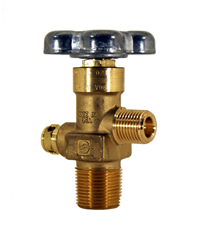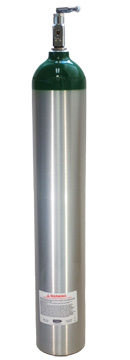McGraw Edison Transformer has a history. Max McGrow found a company – ‘McGrow Electric’, which was in the business of installing electricity in houses. Gradually, they expanded to industrial & commercial buildings and through the years, grew into a manufacturer of electrical products. McGrow Edison Co. was established in 1957, when McGrow Electric Company acquired Thomas A. Edison. Out of the many electric components manufactured by the company is the McGrow Edison Transformer. Here, we are going to know the details of the Inertrol Outfit that is used in the making of the transformer.

The Inertrol Outfit is an important part of the McGrow Edison Transformer. The Inertrol outfits are 3-stage nitrogen regulators that are designed to maintain oil-filled transformer atmospheres at 0.5 PSIG. Every inertrol outfit consists of a two-stage regulator that is connected in series to a highly sensitive single-stage regulator, which maintains the pressure. A built-in third stage regulator provides protection against over-pressurization of the system. Some of the inertrol outfits have an alarm switch that notifies a customer equipped warning device if the cylinder drops below 300 PSIG.
Key Features of the Inertrol Outfit for McGrow Edison Transformer:
A special by-pass valve allows for quick filling of the transformer (4289 series).
Large diameter diaphragm in the third stage regulator provides precise control of the gas flow.
To save on online searches for the Inertrol outfit, JTC Valve Sales can help you with the highest quality of this product manufactured by Rego – a leading and trusted the manufacturer of the industrial material. We have been in the business of offering quality industrial products at competitive pricing. Contact us at 440-346-1259
Source: https://www.jtcvalvesales.com/blog/know-more-about-inertrol-outfit-for-mcgraw-edison-transformer/

The Inertrol Outfit is an important part of the McGrow Edison Transformer. The Inertrol outfits are 3-stage nitrogen regulators that are designed to maintain oil-filled transformer atmospheres at 0.5 PSIG. Every inertrol outfit consists of a two-stage regulator that is connected in series to a highly sensitive single-stage regulator, which maintains the pressure. A built-in third stage regulator provides protection against over-pressurization of the system. Some of the inertrol outfits have an alarm switch that notifies a customer equipped warning device if the cylinder drops below 300 PSIG.
Key Features of the Inertrol Outfit for McGrow Edison Transformer:
- Heavy-duty aluminium & brass construction offers durability and resists corrosion.
- Pressure adjusting screw helps protect against any tampering by unauthorized professionals.
- Offers maximum inlet pressure of 3000 PSIG.
A special by-pass valve allows for quick filling of the transformer (4289 series).
Large diameter diaphragm in the third stage regulator provides precise control of the gas flow.
To save on online searches for the Inertrol outfit, JTC Valve Sales can help you with the highest quality of this product manufactured by Rego – a leading and trusted the manufacturer of the industrial material. We have been in the business of offering quality industrial products at competitive pricing. Contact us at 440-346-1259
Source: https://www.jtcvalvesales.com/blog/know-more-about-inertrol-outfit-for-mcgraw-edison-transformer/







